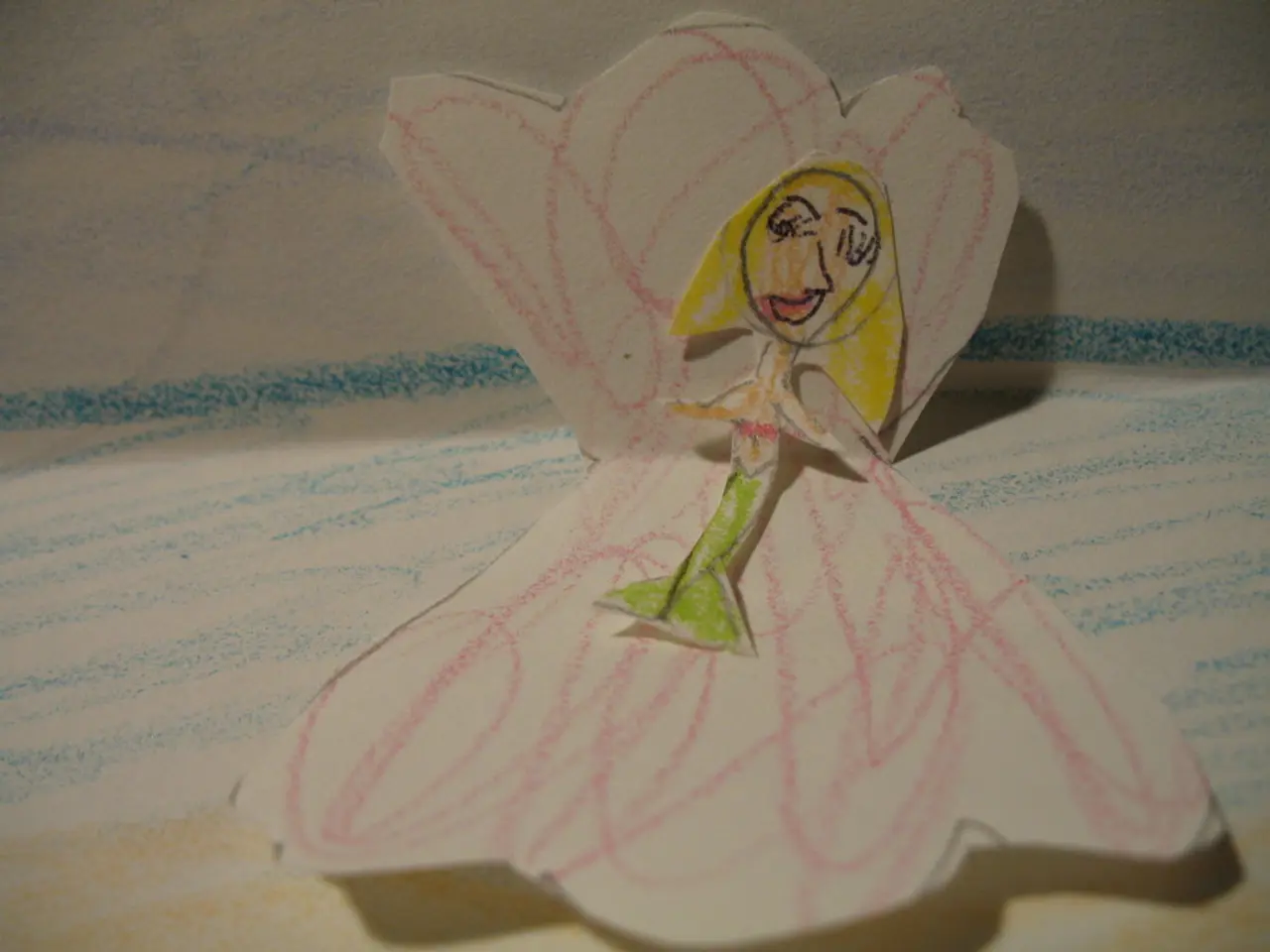AI may not entirely supersede human creativity, especially if individuals continue to develop their cognitive abilities through training
In the ever-evolving landscape of technology, the debate on the future of creativity in the AI age persists. However, it is becoming increasingly clear that while machines may calculate and process data with remarkable efficiency, it is humans who continue to lead in originality.
Foods rich in omega-3s, antioxidants, and vitamins play a crucial role in supporting neuron health, which in turn provides the building blocks for creativity. A well-nourished brain is a creative brain, capable of generating new ideas and fostering innovation.
Setting boundaries in creative tasks is another key factor that forces the brain to innovate within constraints. This challenge, rather than being a hindrance, often serves as a catalyst for creativity, pushing the boundaries of what is possible.
The heart of creativity, however, lies in emotion. Machines may calculate, but only humans create with heart. This emotional depth ensures that humans will continue to lead in originality, even as AI continues to advance.
Scientists who paint or musicians who code are testament to this fact. By engaging in creative pursuits outside of their primary field, these individuals are strengthening the brain's flexibility, leading to unexpected creative breakthroughs.
AI is not a threat to human creativity, but rather a tool that can aid and augment it. AI can generate drafts or spark ideas for writers, artists, and entrepreneurs, but the final product is shaped by humans. AI is viewed as a partner in creativity, providing raw material, speed, and efficiency, but humans shape the final product with their unique perspective and emotional depth.
Rest is another crucial aspect of creativity. It is during these periods of relaxation that the brain makes unusual connections, often leading to those elusive "aha" moments. Training creativity is easier when the brain is optimized, requiring energy, focus, and resilience. Some creators use nootropics to support focus, energy, and memory, although the effectiveness of these substances is a topic of ongoing debate.
Physical activity also plays a role in boosting creativity. By increasing blood flow and stimulating chemicals linked to creativity, a brisk walk or a workout can help spark new ideas and foster innovation.
Lastly, mindfulness practices can reduce stress and open mental space for new ideas. By focusing the mind and quieting the noise of everyday life, mindfulness can help creators tap into their inner wellspring of creativity.
Notable artists and writers currently using AI as a partner to expand their works include Claudia Larcher, an artist, filmmaker, and AI researcher based in Vienna. Larcher participates in AI and art symposiums and exhibitions in 2025, demonstrating the potential for human-AI collaboration in the creative sphere. Other artists engaging with AI in their creative process appear in digital art exhibitions such as ARTMUC and partnerships involving AI-generated sculptures, though specific writer names are not listed.
In conclusion, while AI may revolutionize the way we approach creativity, it is humans who will continue to lead in originality. By optimizing our brains through proper nutrition, physical activity, and mindfulness practices, we can cultivate our creativity and continue to push the boundaries of what is possible.
Read also:
- Understanding Hemorrhagic Gastroenteritis: Key Facts
- Stopping Osteoporosis Treatment: Timeline Considerations
- Expanded Community Health Involvement by CK Birla Hospitals, Jaipur, Maintained Through Consistent Outreach Programs Across Rajasthan
- Abdominal Fat Accumulation: Causes and Strategies for Reduction







